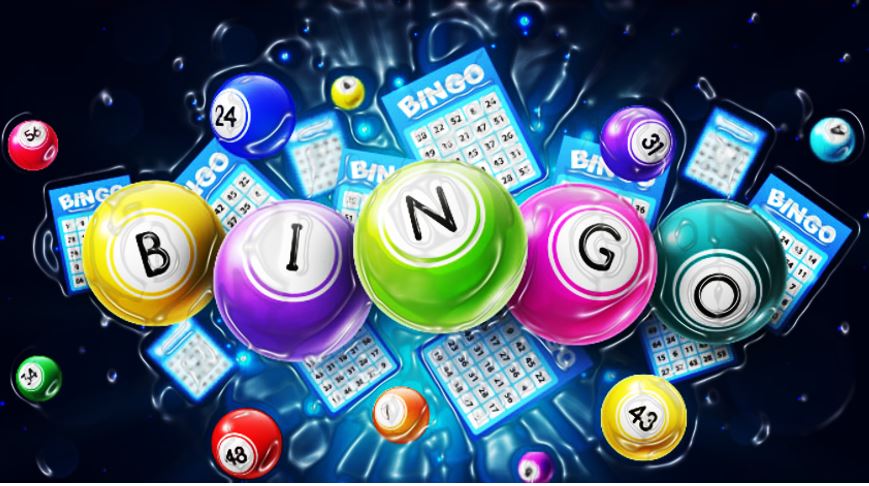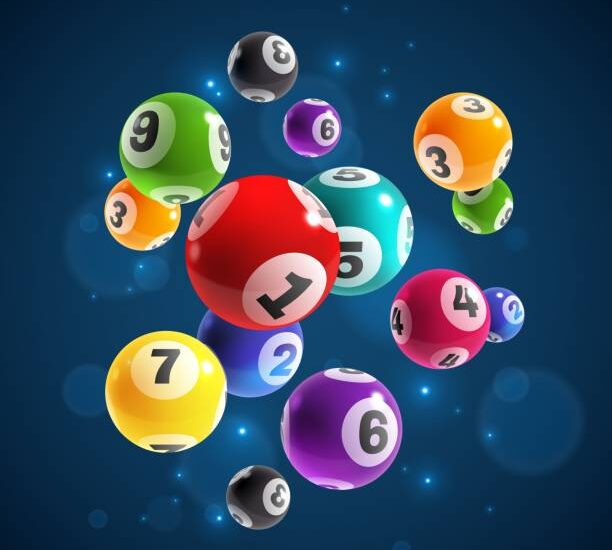Bingo is a popular game of chance that is played with randomly drawn numbers. The objective of the game is for players to match numbers on their bingo cards with the numbers called out by a designated person, typically referred to as the “caller” or “announcer.”
To play bingo, participants are given a bingo card or multiple cards, depending on their preference. Each card contains a grid of numbers, usually in a 5×5 format, with a “free” space in the center. The numbers on the card are pre-printed and arranged in columns according to their numerical range. For example, the first column may contain numbers from 1 to 15, the second column from 16 to 30, and so on.
The caller then begins announcing numbers randomly, one at a time. In traditional bingo, the numbers are drawn from a container, such as a rotating cage with numbered balls. However, in modern variations, electronic systems or software may generate and announce the numbers.
As the caller announces a number, players check their cards to see if they have a matching number. If they do, they mark the corresponding number on their card using a marker, such as a pen or a dauber. The objective is to create a specific pattern on the card by marking off numbers in a row, column, diagonal, or other predetermined shapes, depending on the rules of the game.
The first player to successfully complete the required pattern on their card shouts “Bingo!” to notify the others. The caller then verifies the winning card to ensure that the player has marked the numbers correctly and that the pattern is valid. If everything checks out, the player is declared the winner and awarded a prize.
Bingo is commonly played as a social game in various settings, including community centers, churches, schools, and online platforms. It offers a combination of luck and excitement, making it a popular pastime for people of all ages.

